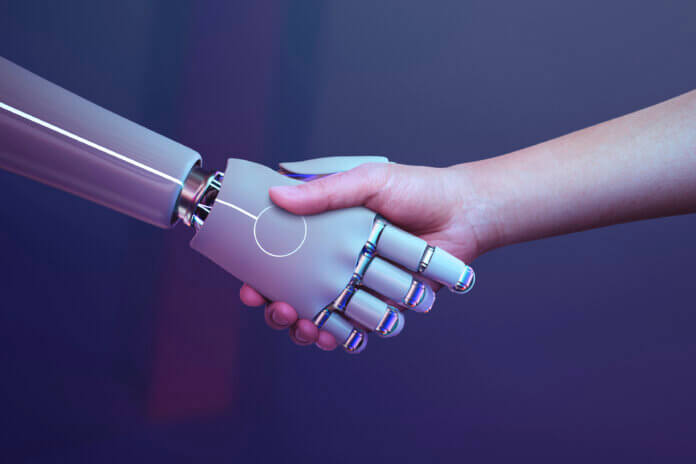Artificial Intelligence (AI) is quickly reshaping the world of video games. One of the most exciting changes is happening in animation and art creation. Prior to the emergence of AI, animation and game art were laborious and demanding processes. Artists manually took care of every detail. Now, the thinking technology is working hand-in-hand with them. It suggests ideas, refines concepts, and speeds up the process. Likewise, generative tools transform game development. They change how animators think and deliver content. Through these, artists can now create stunning visuals faster and with greater creativity than before.
Defining Generative Tools
Generative tools use AI to create or assist in animation and the creation of game visuals. These play roles in different phases of the creative process. Instead of drawing every frame by hand or sculpting 3D models, models can leverage smart technology to generate what they need. Generative tools produce textures, concept art, and even animate scenes.
However, this does not mean AI is replacing animators or artists. These tools are powerful allies. They increase efficiency, consistency, reduce costs, enhance creativity, and boost personalization. Generative tools enable animators and artists to focus on what matters more: storytelling, aesthetics, and world-building.
How AI Innovates Animation and Game Art
In terms of animation, automation is probably the most significant application of AI, simplifying the most complex part of game design. The technology is best used in making characters move smoothly, respond to player input, and feel alive.
In detail, animation utilizes AI for the following mechanisms:
- Automated Animation and Motion Design
- Storyboarding and Scene Planning
- Lifelike Facial Animation and Lip-Syncing
- Virtual Environment Creation and Visual Effects
On the other hand, accelerated exploration could be the most notable application of generative tools powered by AI in game art. It does without sacrificing artistic integrity. With generative tools integrated into the game art workflow, the production cycle is being completely reimagined. Artists can now follow a new art pipeline.
AI-generated concepts and references → Early visualization → Refined sketching → AI-enhanced rendering → Artistic fine-tuning → Completed artwork
In practice, this approach brings more clarity early on, boosts productivity, and makes feedback easier to apply. To cut it short, generative AI tools for game art optimize the overall digital art workflow rather than just enhancing execution.
Looking Ahead
AI in animation and through generative tools in game art continue to evolve. They are revolutionary when combining human creativity with machine learning. This technology is not a threat. It is an instrument for helping game creators dream bigger and accomplish more in a shorter period. AI is here to empower, not replace.
Note: To ensure accuracy and profundity, this article integrates details from Ixie, Pixune, Spiel, and Toads Academy.
